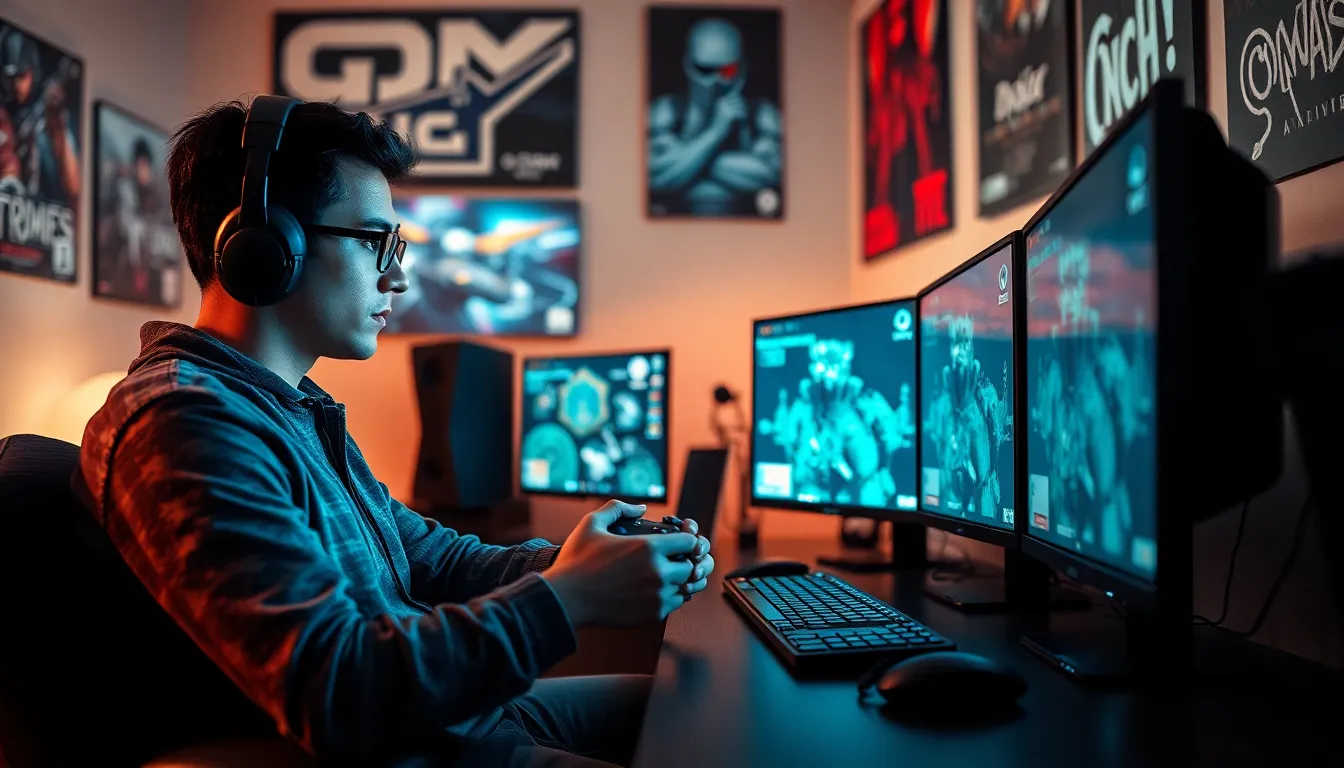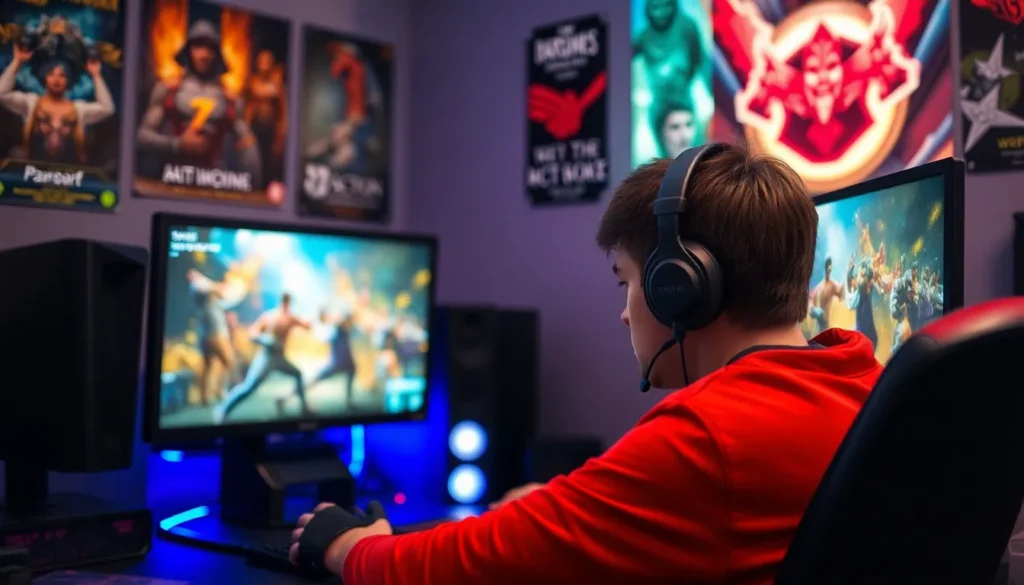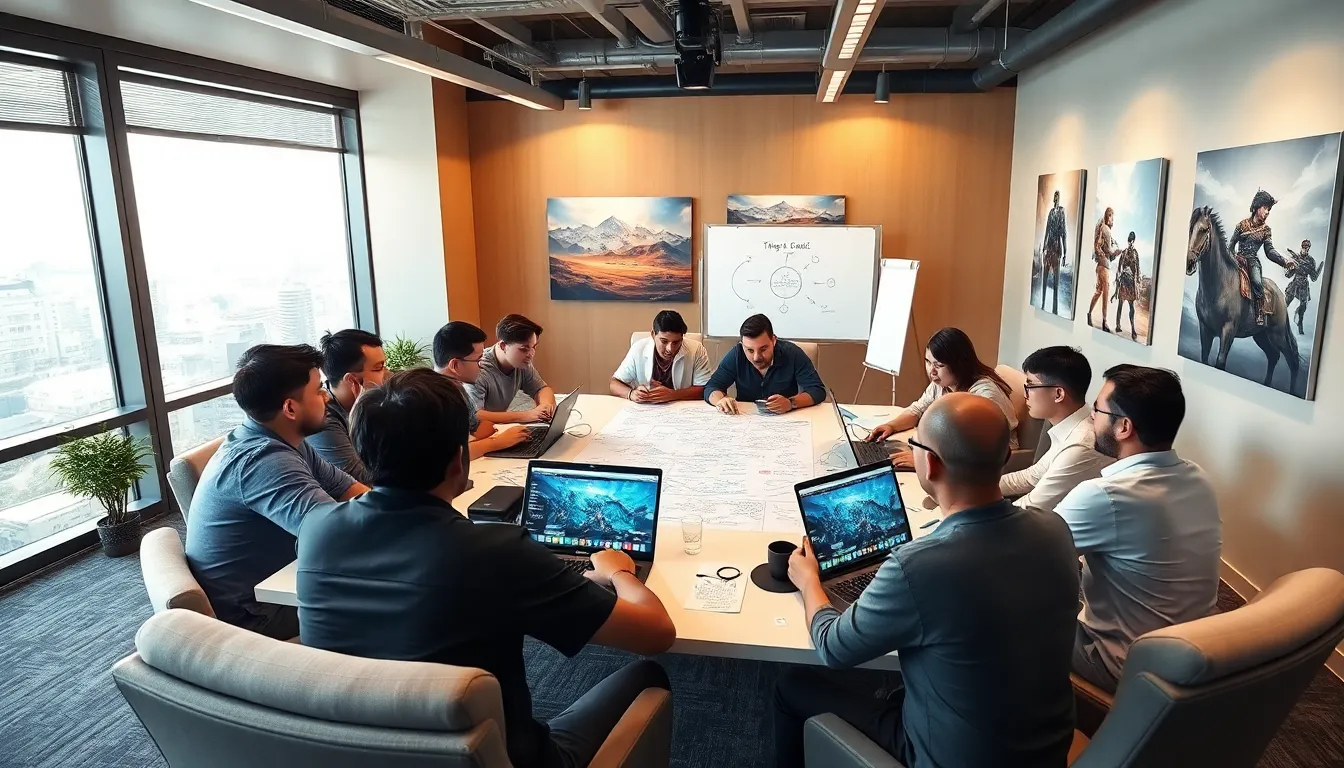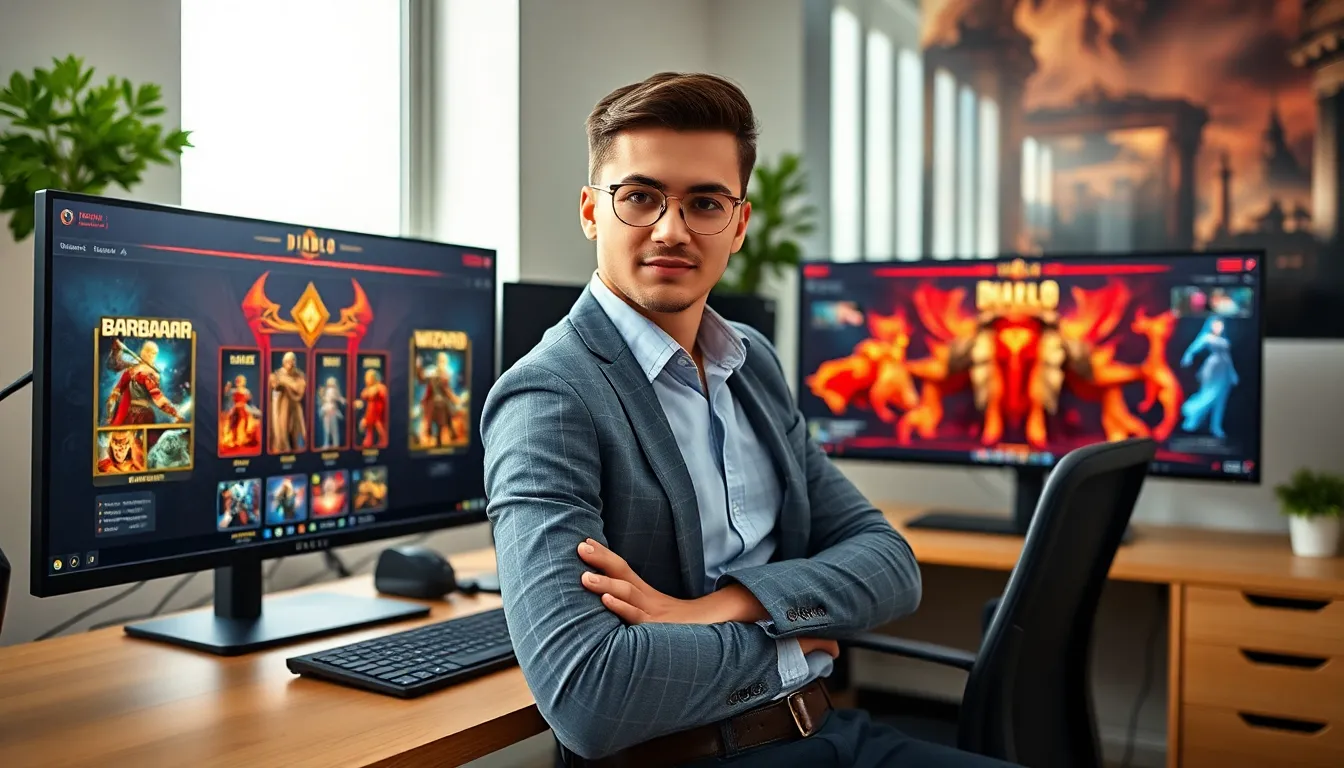In the fast-paced world of gaming and skill-based challenges, the concept of skill cooldown theory is like the unsung hero waiting in the wings. Imagine you’re in the heat of battle, unleashing your best moves, only to find yourself on a cooldown that feels longer than waiting for your coffee to brew. It’s a crucial mechanic that can make or break a player’s strategy, yet many overlook its significance.
Table of Contents
ToggleOverview of Skill Cooldown Theory
Skill cooldown theory explains the mechanics behind ability delays in gaming. Players often face a specified wait time after utilizing their skills. This cooldown period varies depending on the game’s design, affecting strategic choices during gameplay. Game designers implement cooldowns to maintain balance, ensuring that no single skill dominates.
Various factors influence cooldown duration, such as skill potency, frequency of use, and overall game progression. Players must adapt their strategies around these cooldowns to maximize effectiveness. It limits the spam of powerful skills, creating a more engaging and challenging experience.
Understanding these cooldowns is essential for gamers striving for success. Knowledge of specific cooldown mechanics aids in developing effective strategies. Players can plan their moves more effectively, ensuring optimal skill usage during critical moments. Without this understanding, they risk becoming predictable and ineffective.
Cooldowns also encourage teamwork in multiplayer scenarios. Coordinating with teammates becomes vital, as players can support and cover each other while skills recharge. This collaboration fosters a sense of camaraderie, enhancing the overall gaming experience.
Skill cooldown theory plays a crucial role in shaping player dynamics and strategic planning. The implementation of cooldowns promotes balanced gameplay and enriches the player’s journey through skill-based challenges. By recognizing and leveraging this mechanic, players can elevate their performance and outsmart opponents in the competitive landscape.
Key Concepts of Skill Cooldown Theory

Skill cooldown theory significantly influences gaming strategy and player dynamics. Understanding key concepts enhances gameplay and competitive performance.
Definition of Cooldown
Cooldown refers to the designated time a player must wait after using a skill before they can activate it again. This interval guarantees balanced gameplay by preventing overuse of powerful abilities. Each skill comes with a specific cooldown period, determined by its strength and impact on game mechanics. For example, a powerful offensive move may impose a longer cooldown compared to a basic attack. Consequently, players must strategize their actions, waiting for skills to recharge. Cooldowns also add a layer of decision-making, encouraging players to think critically about when to deploy their abilities for maximum effectiveness.
Relationship Between Skill and Cooldown
Cooldown duration directly correlates with the skill’s effectiveness and potency. Higher-impact skills often feature extended cooldown periods, ensuring players use them judiciously. Conversely, skills with lower impact typically have shorter cooldowns, allowing for frequent use. This relationship incentivizes players to balance offensive and defensive tactics. For instance, a player might choose to conserve a powerful skill for critical moments, knowing its limited availability after use. Analyzing this relationship helps players develop strategies that exploit cooldowns, thereby outmaneuvering their opponents. Mastery of both skill timing and cooldown can lead to enhanced teamwork and better overall performance in multiplayer settings.
Applications of Skill Cooldown Theory
Skill cooldown theory finds significant applications in various fields, notably in gaming and real-life skill development. Understanding its implications enhances both strategic planning and performance.
In Gaming
In gaming, cooldown mechanics dictate players’ strategies and decision-making processes. Each ability or skill features a cooldown period that balances gameplay, preventing overuse of powerful abilities. Strategic timing becomes essential, as players must manage their resources effectively. Real-time tactical decisions hinge on knowing when to deploy skills for maximum impact. Games often require players to adapt their strategies based on cooldown timings, allowing for diverse gameplay experiences. Multiplayer environments benefit significantly, as coordination in skill use fosters stronger teamwork and enhances overall experience.
In Real-Life Skill Development
In real-life skill development, skill cooldown theory translates into effective learning processes. Practicing a skill without immediate repetition enhances retention and mastery. Delaying practice after significant efforts encourages deeper cognitive processing. Individuals experience improvements in various areas, such as sports and music, when they incorporate rest periods into their training. Implementing structured breaks encourages motivation and focus, leading to better long-term outcomes. Even in professional settings, understanding optimal intervals between tasks enhances productivity and efficiency.
Critiques of Skill Cooldown Theory
Critiques of skill cooldown theory reveal both limitations and alternative perspectives on strategic gameplay mechanics.
Limitations
One significant limitation arises from the variability in cooldown durations across different games. Developers often tailor these mechanics based on specific gameplay goals, leading to inconsistency in player experiences. Such variability can frustrate players, especially when cooldowns do not clearly align with skill effectiveness. Additionally, some gamers might find rigid cooldown periods stifle creativity, forcing them into predictable patterns instead of allowing adaptive strategy formulation. Players may also feel hampered in fast-paced situations, where quick decision-making is crucial. They can perceive cooldown mechanics as overly punitive, detracting from the overall enjoyment of the game.
Alternative Theories
Several alternative theories challenge skill cooldown theory. One prominent perspective focuses on dynamic ability management, advocating for continuous skill usage without fixed cooldowns. This approach promotes a fluid interaction between skills, creating a more engaging and less repetitive experience. Another theory suggests the use of stamina or resource-based systems, where players manage a finite pool of points to execute skills, introducing strategy into resource allocation. Concepts like these encourage players to adapt abilities based on context and reward innovative tactical approaches. Ultimately, exploring these alternative theories can enhance gameplay and enrich player experiences further.
Future Directions in Skill Cooldown Theory Research
Emerging research in skill cooldown theory aims to delve deeper into player behavior and its implications on game design. Investigating player psychology may reveal how distinct cooldown mechanisms influence decision-making. Exploring alternative models like dynamic ability management can show potential enhancements in gameplay fluidity.
Advancements in technology often lead to improved understanding of cooldown interactions. Multiplayer environments may benefit from real-time data analytics, offering insights into collaborative strategies during cooldown periods. Examining the impact of varied cooldown durations on competitive balance could also yield important findings.
Interdisciplinary studies may extend the reach of skill cooldown theory into fields such as education and training. Investigators can assess how cooldown principles improve learning retention when applied to skill development in real-world contexts. Observing behavior in high-pressure scenarios may shed light on adaptive strategies that emerge under cooldown constraints.
Further exploration into the relationship between player experience and cooldown mechanics presents exciting opportunities. Analyzing player feedback might uncover preferences for shorter versus longer cooldowns, influencing future game design choices. Reconstructing cooldown systems based on player interactions could enhance user engagement and enjoyment.
Developing simulations that test various cooldown configurations can facilitate understanding of optimal strategies. Teams can explore whether cooldowns indeed foster collaboration among players in competitive environments. Broader applications across multiple genres may validate the importance of cooldown theory in creating balanced and enjoyable gaming experiences.
Skill cooldown theory plays a crucial role in both gaming and real-life skill development. By understanding the dynamics of cooldowns players can refine their strategies and enhance their performance. This theory not only fosters teamwork and strategic planning but also highlights the importance of structured breaks in training for improved focus.
As research continues to evolve the implications of skill cooldown theory may extend beyond gaming. Future studies could unlock new insights into player behavior and game design while also enhancing educational methodologies. Embracing these principles can lead to richer experiences in both competitive environments and personal growth.





